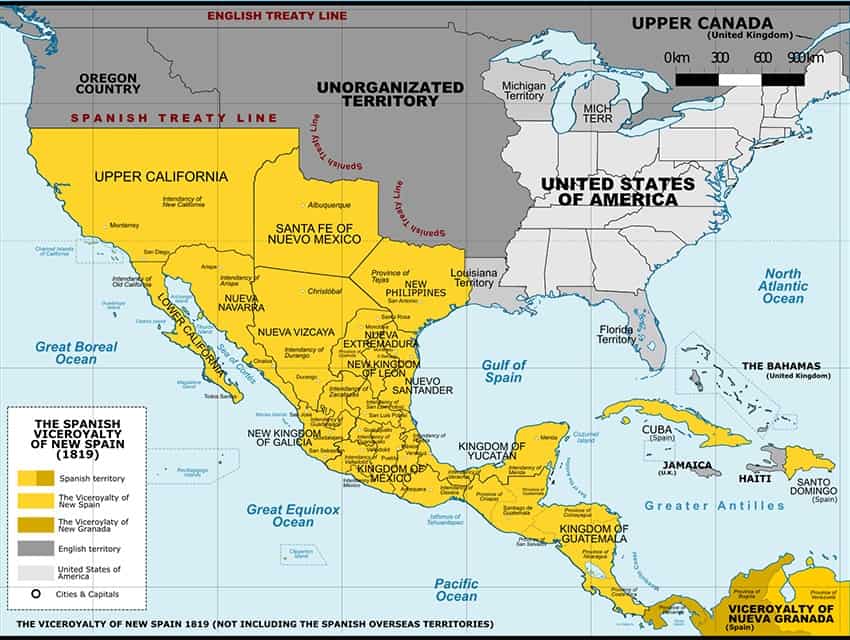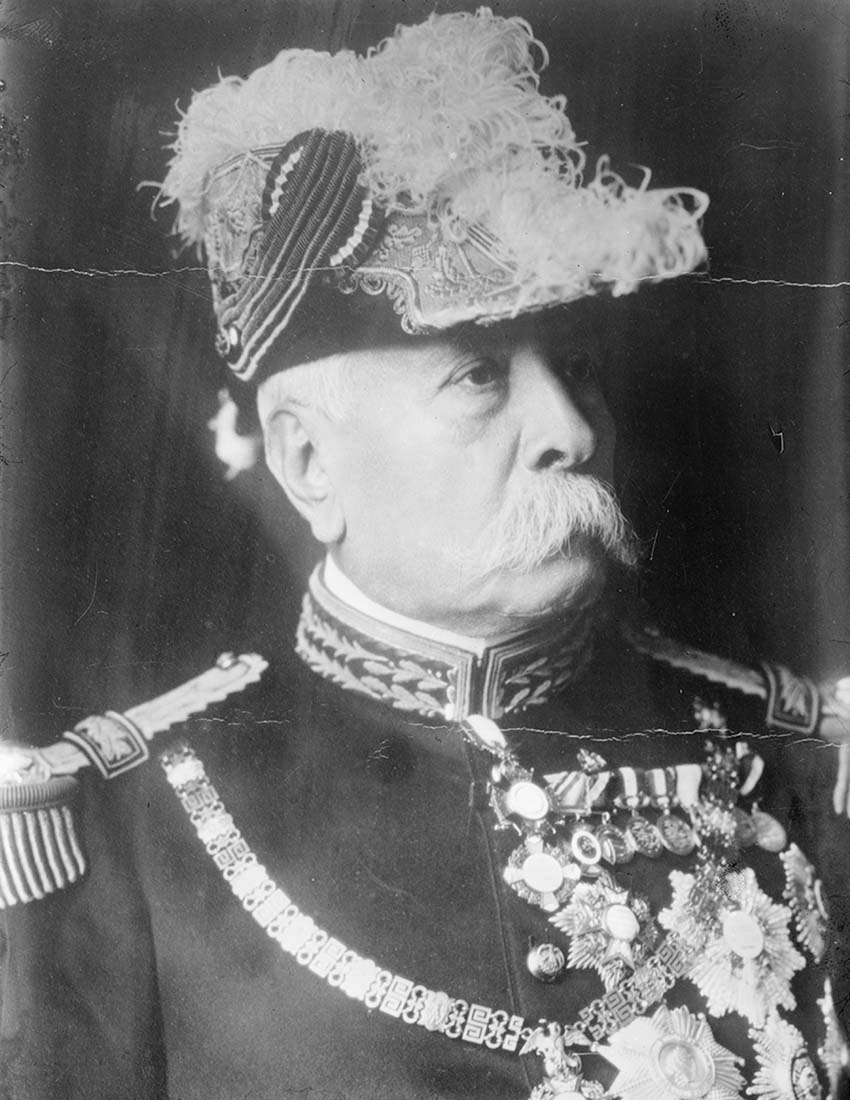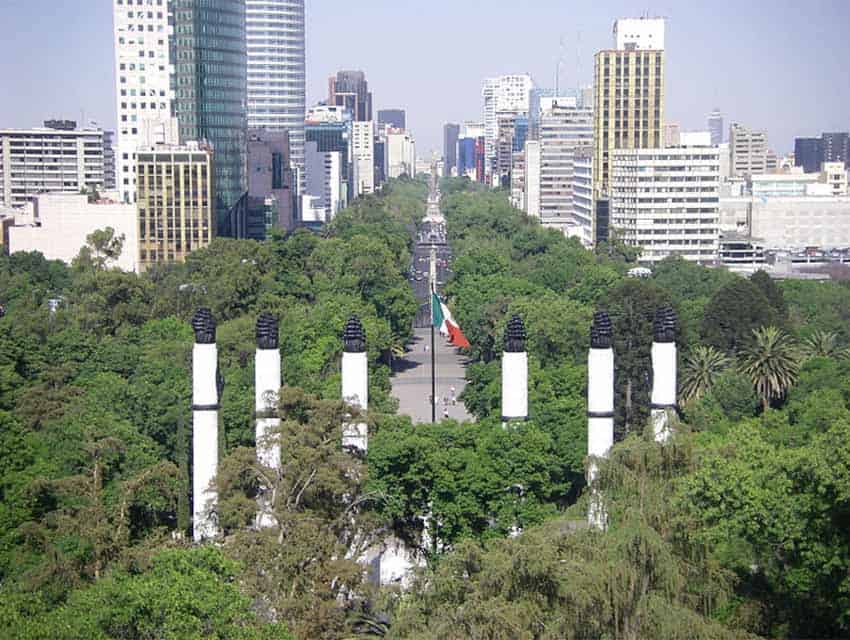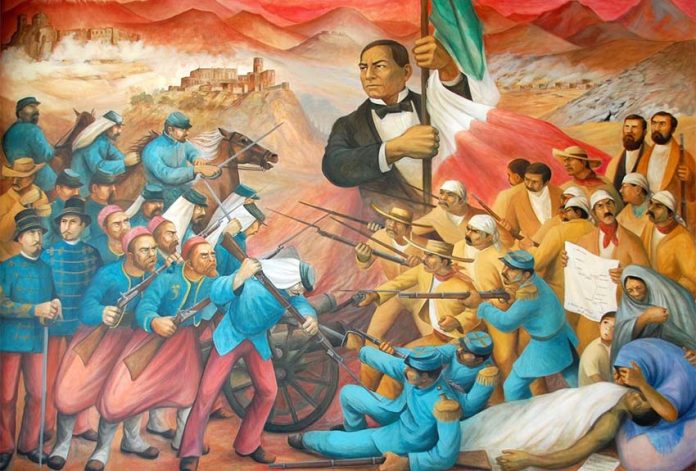Benito Juárez is the only individual to have a federal holiday in Mexico. But he is not the father of his country like George Washington, so why?
Juárez’s time was a few decades post-Independence, during a century filled with coups d’etat, flamboyant personalities and foreign invasions. His secular sainthood comes from a lifetime of struggle and establishing the ideals that would shape modern Mexico — even if they’re not always followed.
The post-Independence century was about what Mexico would be. Would it continue its monarchistic ways (favored by the Conservatives) or would it embrace Enlightenment ideas (favored by Liberals)?
The question began even before the War of Independence started. Napoleon’s invasion of Spain in 1808 horrified the elites of New Spain but also showed that the mother country was not invincible. Miguel Hidalgo’s career as a rebel began by plotting a return of Ferdinand VII to the throne; only later would he demand the ouster of Mexico’s Spanish government.
The Spanish army’s final exit was engineered not by Hidalgo or the mixed-race mestizos who shed much blood but rather by the opportunistic Spanish general Agustín de Iturbide, who would crown himself emperor in 1822. Liberals were appalled, but Conservatives were not happy either; they wanted someone of royal blood.
Less than a year into Iturbide’s reign, he was ousted by then-Liberal Antonio López de Santa Anna, and the 1824 Constitution was adopted. But over time, Santa Anna became more dictatorial, arguing that Mexico was not ready for democracy.

But Santa Anna would remain a force to contend with for 25 years — in and out of power. He even came back after losing ½ of the country’s territory to the U.S. He would not be permanently removed until Liberal forces under Juárez and others forced him to resign in 1854, beginning a period called the Reform.
Juárez, et al. were radicals for their time, determined to break the power of the military and the Catholic Church. Their aims led to the 1857 Constitution, but also civil strife called the Reform War.
The civil war meant two competing governments. When the Conservatives lost, they enlisted foreign help. The French responded, not only because of debts owed them by Juárez but also because it was a chance to take over the country.
The French invaded and installed Maximilian I as Mexico’s second emperor. But his reign would not last long. Despite being of European royal blood, he had Liberal sympathies. In the end, just about everyone hated him.
Juárez and the Liberals retook Mexico City in 1867, restored the 1857 Constitution and executed Maximilian in short order.
Juárez’s remaining years as president would still be strife-ridden. His main opposition was from Porfirio Díaz, with opposition growing after Juárez ran for and won reelection in 1871.
Juárez died of heart issues the following year, and Díaz saw his chance. Like Santa Anna, he was a Liberal who would devolve into a dictator, maintaining his grip on power for over 30 years, shredding Juárez’s constitution in the process.
Unlike Santa Anna, Díaz’s reign lacked major wars and was marked by economic and technological developments that benefited the upper classes and foreign investors. Meanwhile, the lower classes suffered horrible working conditions, political disenfranchisement and economic deprivation.

All hell would break loose when Díaz reneged on a promise to not run for reelection in 1910, despite being 80 years old. The Revolution was and was not an extension of the turmoil of the past century. Its major contribution would be to replace governments defined by charismatic leaders with a bureaucratic system. The resulting Institutional Revolutionary Party (PRI) would rule Mexico until 2000.
All this internal turmoil would shrink “Mexico” to the borders we know today, with separatists and foreign powers seeing opportunities. Here are some examples:
- In the 1820s, Spain reneged on its recognition of Mexico and tried unsuccessfully to retake it.
- In 1823, Central America declared independence from Mexico City, almost taking Chiapas with them.
- The first French intervention came in the 1830s, supposedly due to a complaint by a French-born Mexico City baker who lost property.
- There were two attempts to establish a Yucatán Republic – one in 1840 and again in 1847, but Mexico City retook the region by force both times.
Mexico’s most painful loss was that of Texas and what is now the U.S. Southwest; Spain never subjugated northern tribes such as the Comanche. Unable to convince enough Mexicans northward, they allowed the immigration of English speakers from the U.S.

Mexico City hoped that a shared European (as opposed to indigenous) heritage, conversion to Catholicism and Mexican citizenship would produce loyalty, but they were sorely disappointed. In 1836, Anglos and ethnic Mexicans declared themselves Texans and defeated Santa Anna at the Battle of San Jacinto.
Soon afterward, Texas joined the U.S., in part out of concern that Mexican troops would return but also because the Anglos never really changed their identity.
Questions related to the new Texas-Mexico border would give the U.S. the justification to begin the Mexican-American War, which ended with the invasion of Mexico City by U.S. troops, forcing Santa Anna to “sell” almost half of Mexico’s territory. Although some wanted to annex all of Mexico, there were both ideological and practical reasons to not do so.
With a century of chaos, it is only natural for a country to look for something positive in it for its national mythos, and Juárez fits the bill. His 1857 Constitution was incorporated almost wholesale into the current 1917 Constitution (with an ambitious social agenda added on).
He represents survival against adversity but also selfless dedication to both country and principle since, unlike Santa Anna and Díaz, he did not abandon Liberal principles once in power.
Leigh Thelmadatter arrived in Mexico over 20 years ago and fell in love with the land and the culture in particular its handcrafts and art. She is the author of Mexican Cartonería: Paper, Paste and Fiesta (Schiffer 2019). Her culture column appears regularly on Mexico News Daily.
